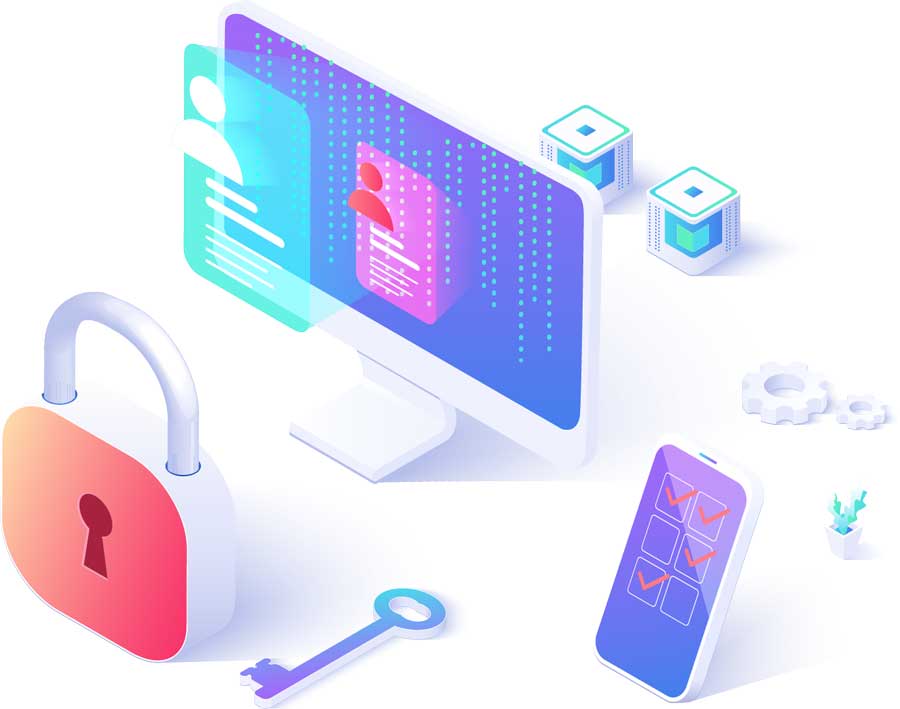Many people who want to start an import business often do not take the first step because they are afraid of having problems with Chinese suppliers from the very beginning.

Many people who want to start an import business often do not take the first step because they are afraid of having problems with Chinese suppliers from the very beginning. Like any kind of business, starting to import from China requires knowledge and caution before we put our money on the line. Below we are going to talk about some problems with Chinese suppliers that you may encounter in different parts of the import process.
Resume
- Lack of motivation on the part of the supplier
- The supplier is not able to make the product according to your quality standards
- Uncontrolled production costs and the supplier trying to raise prices all the time
- Longer delivery times
- Your production is made by a company you don’t know
- The supplier does not solve the problems found in the quality inspection
Let’s see 6 problems you may encounter with Chinese suppliers.
Lack of motivation on the part of the supplier
It means that the supplier does not quite believe in your business idea or your product. This happens when you are developing a new product in China. The supplier says yes to everything, but once you get going and start developing the product to your liking, you notice that replies to emails are delayed, deadlines are extended, everything seems to be moving at a suffocatingly slow pace.
This happens all too often when you try to over-configure a product. If it’s just changing the logo, everything is easy, but if you want to change a feature of the product and you need to make molds, you may start to notice that days turn into weeks and then into months.

The supplier is not able to make the product according to your quality standards
It’s more common than you might think. If your quality standards are above average, make sure you locate a supplier who understands them before you start production. If you expect production to be defect-free, be sure to indicate this when you place your order. Even the big brands accept defects in their production. The key is to stipulate everything in advance.

Uncontrolled production costs and the supplier trying to raise prices all the time
This is one of the problems with Chinese suppliers that often occurs when you search for suppliers and end up selecting the lowest priced one.
You have closed the order in a rather informal way with the cheapest supplier and you have made a down payment of 30% of the total order. From that moment on you start receiving a series of emails telling you that such and such a material or other component has gone up in price and they can’t keep the original quote. Or you simply ask them to make a small modification in the packing and you see that the total price of the product increases by 10%.
These are signs that the cost of the product was underestimated in the initial quotation and the supplier is trying to make a better profit margin.

Longer delivery times
Depending on the supplier you have selected and the type of order you are going to place, you may find that the delivery time is stretched out as if there is no end to it.
If you are placing a small order with a large company, you should assume that your order will be delayed because your production will only start when there is a gap between their large orders.
The same is true if your order is more complex than is usual for a normal production run.
This is an important feature when locating suppliers in China.

Your production is made by a company you don’t know
This is also more frequent than it seems at first glance. This type of problem with Chinese suppliers is due to the fact that we always run the risk that our production is not carried out in the supplier’s main plant and that it is carried out in an external company where the same controls are not in place as in the main company.
This problem is easily solved by carrying out the corresponding production controls and warning the supplier that such controls are going to be carried out. In this way, the supplier will be aware that an inspector may come to his company at any time and may notice the deception.

The supplier does not solve the problems found in the quality inspection
The risk in this case is that the supplier does not fix the problems we have found during the quality inspection.
This happens very often when you work with a trading company that does not have enough control over its suppliers.
If you are interested in starting to import from the Chinese market, please contact us. We are specialists in the Chinese market and are used to dealing with Western companies.
Article from: https://bespokesourcing.com A sourcing company based in Shanghai with more than 12 years experience, offering medium to large international businesses a full range of sourcing services to import from China. We help you find factories, get competitive prices, follow up production, ensure quality, and deliver products to your door.
At Bespoke Sourcing Global we have extensive knowledge across all industries. Our highly trained team is divided by categories and we have a carefully curated department for apparel.
Throughout the years we have gained a strong network of loyal and recurring clients at an international level. We aim to develop long-term relationships based on trust, transparency and business integrity. We have expanded by opening sales offices across Asia, Europe and the Americas which means we are able to closely integrate with both our clients and their supply markets.




